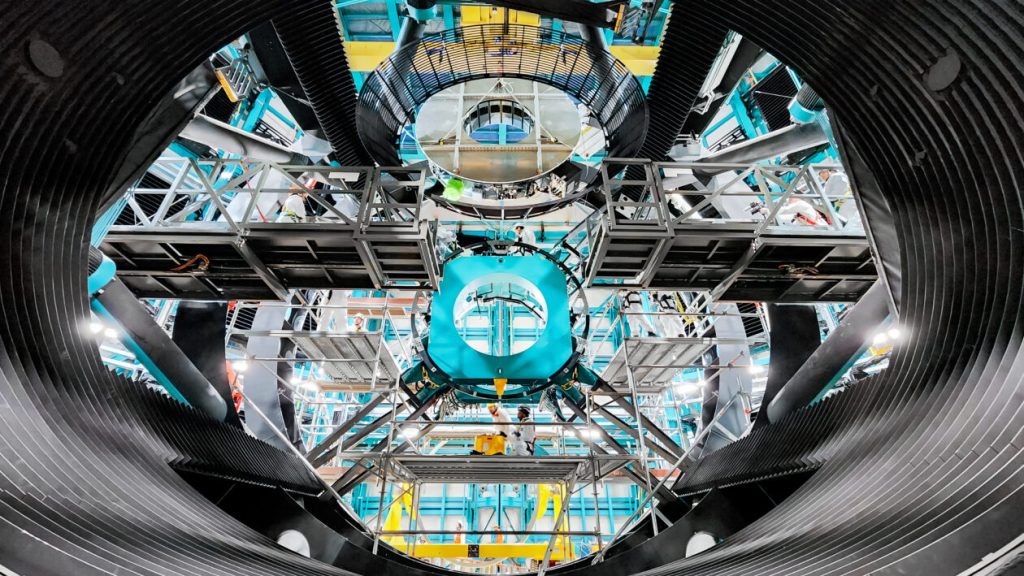The Simonyi Survey Telescope at the Vera C. Rubin Observatory in Chile is the latest addition to a prestigious group of telescopes named after prominent scientists, technologists, policymakers, and philanthropists. Charles Simonyi, a Microsoft software architect, is the inspiration behind the telescope’s name, but he attributes it to his father, a professor known for popularizing science. Simonyi himself has had a significant impact on computer technology, creating tools like Word and Excel for Microsoft’s Office suite. The Simonyi Survey Telescope is set to revolutionize astronomy by surveying the entire sky every three nights and generating massive amounts of data for analysis.
Unlike telescopes like Hubble or Webb that focus on small areas of the sky, the Simonyi Survey Telescope has a wide-angle lens that allows it to capture a broad view of the cosmos. This unique capability will enable astronomers to study dark matter, dark energy, and transient phenomena in the night sky, such as supernovas and gamma-ray bursts. The telescope is expected to make groundbreaking discoveries related to asteroids, comets, and interstellar objects, providing valuable insights into the composition of our solar system and the universe at large.
The Rubin Observatory’s construction team, led by University of Washington astronomer Zeljko Ivezic, is working tirelessly to prepare the telescope for its official debut in 2025. The project also involves the UW’s DiRAC Institute, which is developing tools for analyzing the vast amounts of data that will be collected by the telescope. Simonyi is excited about the telescope’s potential to detect interstellar objects and near-Earth asteroids, shedding light on previously unknown aspects of our cosmic neighborhood.
The story of how the Simonyi Survey Telescope came to be named after Charles Simonyi dates back to the establishment of the Rubin Observatory (formerly known as LSST). Astronomer Tony Tyson, an early advocate for the telescope, approached Bill Gates for funding to create the telescope mirror. Gates, busy with other philanthropic priorities, suggested Simonyi provide the initial investment. Simonyi and Gates collectively funded the mirror, kickstarting the project that has since received significant support from government agencies. Simonyi’s seed funding has positioned him as the telescope’s first investor, anticipating the scientific discoveries that will emerge from its operation.
The telescope’s mirrors are meticulously crafted using computerized tools and laser measurements to ensure precision. Even accidents, like dropping a tool on the mirror, do not significantly impact their functionality. Visiting the telescope at the Rubin Observatory offers a unique experience, as the site is located in a national park with minimal light pollution, allowing for optimal astronomical observations. Simonyi describes the serene environment at the Observatory and the community’s dedication to preserving the dark skies for scientific research.
Looking ahead, Simonyi envisions the Rubin Observatory unlocking mysteries about dark matter, supernovae, and the nature of the universe. He reflects on his previous spaceflights to the International Space Station and entertains the idea of embarking on another space journey, emphasizing the transformative impact of space exploration on human perception. Simonyi’s involvement with the telescope project underscores his commitment to advancing scientific knowledge and contributing to cutting-edge research in astronomy.












